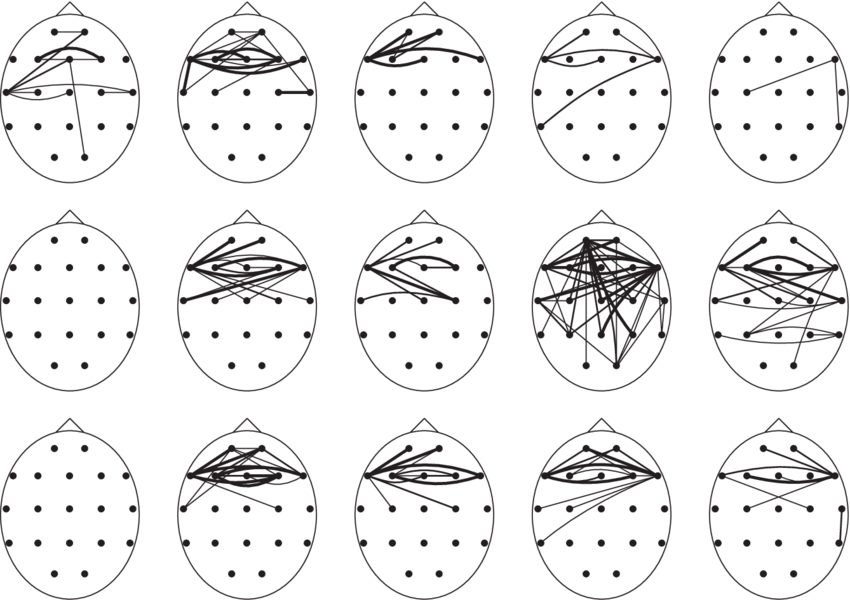Read Laura Purseglove’s introduction to the concept of Flow state and its relation to the upcoming exhibition Flow at the Glass Tank. Laura is our Creative Associate (Participation) and is working with Modern Art Oxford’s volunteers as they develop this exhibition.
Our creative process is unique to us. We all have our own ways of getting into the creative mindset, from playing a fail-safe album (mine is Miles Davis’ Kind of Blue) to taking a long walk or simply savouring a morning cup of coffee. Though we all have our idiosyncrasies, perhaps there are some commonalities to the experience of ‘being creative’, or particular conditions which help creativity thrive?

I’m working with members of the volunteer team at Modern Art Oxford to support them in developing a new exhibition for The Glass Tank gallery at Oxford Brookes, which will present work by Oxfordshire-based artists reflecting on the creative process. Flow at the Glass Tank explores works that reflect the creativity of their makers, and also spark a creative process in the viewer.
In particular we are looking at the nature of ideas, the role of our environments in enabling and shaping creative activity. The title comes from the concept of Flow state, which was developed by psychologist Mihaly Csikszentmihalyi to anatomise the experience of total immersion in a task: “the state in which people are so involved in an activity that nothing else seems to matter”.[1]

Csikszentmihalyi found that people engaged in creative pursuits often experienced this feeling, though researchers have also applied it to people working in a range of jobs including bank clerks and care workers.
Csikszentmihalyi identified nine conditions or characteristics of Flow state. These include working with a clear goal in an activity, a balance between challenges and skills, receiving immediate feedback from an activity, the merging of action and awareness, forgetting one’s self, forgetting time, and an activity that becomes an end in and of itself. Flow, he showed, is a process rather than something we arrive at. As anyone who regularly engages in creative work knows, achieving Flow isn’t always easy or even possible, though it helps if the task in question tests us, and we are working within an environment which supports us.

As a concept for structuring an exhibition, Flow theory poses questions about the relationship between individual experience and the collective, the subjective and the objective, and ways in which artworks might capture or evade fleeting psychological states. As a group, we’re thinking about art both as a reflection of the creativity of the artist, and something which can spark a creative idea in the viewer.
Mainemelis and Dionysiou characterise Flow theory as ‘a view on human flourishing’[2]. They emphasise the relationship between creative immersion of any kind and our health and happiness at a level more fundamental and wide-reaching than we might associate with traditional artistic pursuits. Considered that way, it shows creativity to be an end in itself, a process which rewards regardless of the outcome. What better time to immerse yourself?



[1] Csikszentmihalyi, M. (1990). Flow: The psychology of optimal experience, New York: Harper Perennial, p. 4
[2] Charalampos, M and Dionysios, D, The Oxford Handbook of Creativity, Innovation, and Entrepreneurship, Eds. Shalley, C; Hitt, M and Jing, Z, online only, June 2015
Words by Laura Purseglove.
Modern Art Oxford and Oxford Brookes University invite people based in Oxfordshire to submit their creative response to Flow at the Glass Tank, a new interdisciplinary exhibition exploring ideas and creativity.
